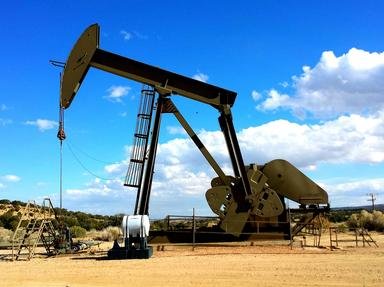Quiz Answer Key and Fun Facts
1. Where does crude oil come from?
2. What is the first step that crude oil undergoes in a refinery?
3. What is crude oil distillation?
4. Environmental regulations dictate that a refinery has to remove certain pollutants from the products before they leave the plant. What contributor to 'acid rain' is removed in the refining process?
5. What is cracking?
6. What form of water is the most prevalent in oil refinery processing?
7. What is the proper spelling of the light oil cut that ends up in gasoline after the refining process is complete?
8. What is "octane rating" for gasoline?
9. The heaviest material that comes out of a refinery is a product that you and I use almost daily. Where can you find it?
10. What is the name of the tall pipe that burns off excess gas from the refinery (and often shows a visible flame)?
Source: Author
tadpoles_uk
This quiz was reviewed by FunTrivia editor
gtho4 before going online.
Any errors found in FunTrivia content are routinely corrected through our feedback system.

